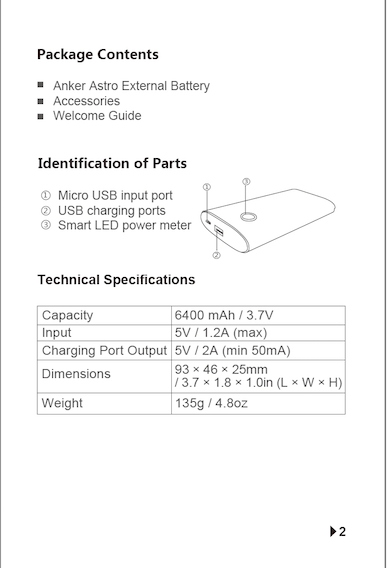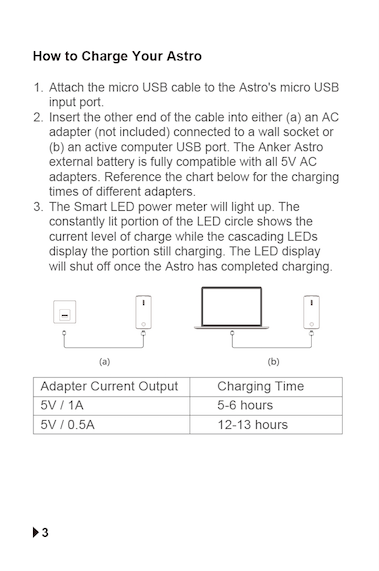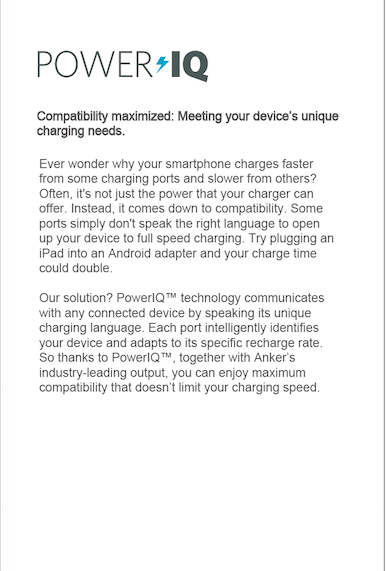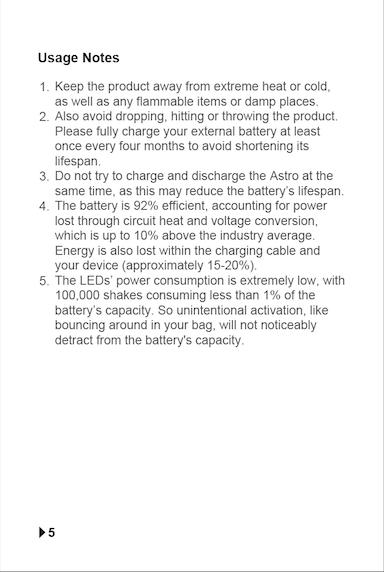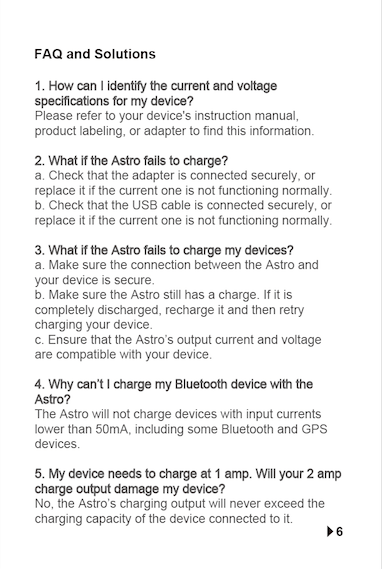Schmidt's SON 28 15 Generator Hub Review
/I'm going to attempt to make this as short and scientific as possible. But this gets pretty nerdy, so... steel yourself.
This is a 6-month review of the Schmidt SON 28 15 generator hub. Or more accurately, it's a ~3,000 mile-review of the hub. I used it on my tour of the GDMBR. You can read about my pre-ride research here.
Quick recap: I picked the SON over the common competitor, SP 8X for its manufactured quality, better efficiency at low speeds, its rugged, simple electrical output, and five-year warrantee. I expected to charge the battery from the hub, and then charge everything else off the battery. Here's where things went differently than I thought they would...
The System
Schmidt's SON 28 15 thru-axle generator hub
Sinewave Cycles Revolution Rectifier (It changes AC to DC current, or -in plain English- changes the power from the non-usable format from the hub to a usable format, like USB.)
iPhone 5 used for GPS (Gaia GPS), phone, camera, and music/podcast playing
Omaker M4 Bluetooth Speaker (for rocking out on the trail, duh)
**Note: I ended up using Gaia GPS app on my iPhone instead of a seperate GPS, which made charging a smartphone important. I also used it for photos, blogging, music/podcast-playing and making phone calls. I also frequently charged a bluetooth speaker to have some tuneage on the trail. I didn't charge bike lights often, because I was usually done riding for the day by the time it was dark.***
What Worked:
The Schmidt's SON 28 15 generator hub.
Directly charging a smartphone or other devices (although I have some thoughts on battery life below).
The SON 28 15 was incredibly reliable and efficient; it worked like a dream. I found that the act of generating power was negligible compared to how hard I was working to pedal a fully loaded steel mountain bike.
I've ridden it on gnarly singletrack; it's fine, but I wouldn't recommend doing it a lot according to Schmidt's notes. I did NOT submerge it (per common sense), but it withstood many rainstorms just fine. They also have a proprietary system that siphons out condensation, which prevents shorts inside the generator. They call it the pressure compensation system.
What Didn't Work:
The Anker battery; it's large amp-hour capacity, (potentially) its charging characteristics, and weight made it a non-idea choice for a battery.
Longevity of a phone battery due to charging directly from the generator hub; I have a few hypothesis on why below.
I figured out fairly quickly that the Anker battery I bought would take forever to charge using the generator hub, and a few simple LED bars were the indicator for the state of charge. So - even if it was charging - I couldn’t perceive that it was, which I found nerve wracking in the wilderness. According to the tech specs (which I should've read more closely before purchasing), it takes 12-13 hours to charge at 5V and 0.5A, and 5-6 hours at 5V and 1A. When I plugged the battery into a wall outlet, which should theoretically always be able to supply 5V and 1A (when coupled with a simple Apple square "nut" commonly used to charge an iPhone), it always took more than 6 hours to fully charge. So right off the bat, I knew that charging the battery with variable power from a generator hub (due to fluctuations in speed) would likely take a long time to charge the battery. The Anker was ~8x the capacity of my iPhone battery so that makes sense. However, I (somewhat emotionally) did not like the lack of human-readable feedback from the battery. On the iPhone, I could read out a 1% increase in the battery SoC, which was really comforting while grinding out long miles by myself.
Now, theoretically, the charge is all the same. Whether I charge a battery or my phone, I'm putting the same amount of "work" into powering my devices. However, there are efficiency losses during the charging of the Anker battery from the hub, and again from the Anker battery to say a smart phone. The Anker and the iPhone theoretically will draw 5W during charging (5V, 1A) if I'm pedaling fast enough. Again, however, I found the real-life charging characteristics of the Anker to be different than the specs indicated. I also think that the iPhone may have a greater capacity to charge at lower current, whereas I suspect the Anker did not. (Meaning that there is some threshold beyond which it needs to have exceeded before it starts charging.) However, I haven't been fully able to support this with documentation.
Despite theoretical calculations, in real life, it was very easy to charge my smart phone directly from the generator hub (after passing through the rectifier), so that's what I did... 100% of the time.
In real life it felt "faster" to charge my smartphone directly (versus charging a battery first). Due to the above-mentioned likely suspects, I was able to charge my phone within about half a day of riding. I usually didn't let my phone get too far below 30% charge. On the GDMBR, there were enough flats and descents for this to be feasible.
Bullet-style, here are the main take-aways:
- I started the GDMBR with the Anker 9600mAh battery. I ended the GDMBR with no Anker battery, because I ditched it in Colorado. I wasn't using it and it was heavy; I just charged my phone and bluetooth speaker directly from the generator hub.
- In 3,000 miles of cycling the GDMBR, I only ONCE had issues keeping my phone charged. This was in Colorado, the day I did the highest pass of the route, and I was being greedy with using my phone for blogging and playing music on the way up the pass. I expected the route to be downhill from that pass, but it was not. Therefore, I wasn't able to recuperate the charge I had used on the way up.
- As long as you have flat or downhill terrain for at least a couple hours of the day, you should be able to charge one of the following: smartphone in airplane mode, a low-power bluetooth devices, or a 200-300 lumen light. It's hard for me to put into numbers what I experienced on the trail. I have some numbers at the bottom of this, but this is my qualitative account.
- The battery life of my smart phone did seem to be degraded by the end of the trip, however, it was not due to "overcharging" the device from going too fast with the generator hub. My iPhone 5 was brand new at the time I started my trip. I don't have a quantitative account of my battery life since purchasing it, but I've qualitatively noticed a decline in battery life in the past 1.5 years. While I think this is somewhat normal for today's lithium-ion time-bombs, here are my theories on why my battery life may have declined more because of the GDMBR:
Daily exposure to heat and cold - Everyone knows that heat and cold aren't great for battery life. I carried my phone in the Top Tube Bag (or Mosh Pit), which is incredibly convenient for navigation, music-playing, and taking dangerous, one-handed photos while riding. It also is right under the sun, and probably gets hotter than it should. I also spent many a night outside in sub 40 degree temps. Not freezing, but unless I kept my phone in the sleeping bag with me at night, the charge would drop significantly overnight.
On again/off again charging on climbs - Sometimes, when I got lazy going up a mountain pass or hill, I would leave my phone "plugged in". While going uphill, I'd often fluctuate under and over the threshold at which the iPhone would start charging. (About 3.4 mph.) I think this constant voltage spike was also not great for battery life. (But I don't have concrete demonstration / evidence for this hypothesis.)
Keeping the phone on trickle charge and/or at a high state of charge - I often kept my charge between 70% and 100%, because I was paranoid about not having enough battery life for daily activities. However, lithium-ion batteries prefer to be at 40%-60% state of charge; this is better for their life.
- Dispelling a myth: You can't hurt your device by having it plugged into a generator hub while flying down a mountain pass. Both the Sinewave Cycles Rectifier (and -I'm sure- many other brands) have a cutoff at certain voltage/current combination that would be harmful to most devices. Likewise, most smart charging devices will not accept any more than their specified input power. In the case of an iPhone, this is 5 volts and 1 amp. So, this means that when you're ripping down a hill at 30mph, you're "throwing away" the excess power. You can read Sinewave's FAQ here, and google the internet for info on your specific devices.
Many of the battery-compromising situations I inflicted on my smartphone could've been avoided by charging a smaller capacity (read: less mAh) battery that also allows low-current charging.
Okay, that's enough. Here's some numbers. It's hard to visualize this data at the moment, because a.) there's not enough of it, and b.) the combination of variables affects the amount of charge obtained from a certain ride time. However, if you review the data, I think you'll find the following:
Charging is faster on smooth road versus gravel washboard or singletrack- All the 'bumping and jumping' that the front wheel does on uneven terrain results in less continuous revolution per unit of time or distance. This affects the efficiency of charging.
Faster speeds generally account for faster charging, except over rough terrain.
Charging during downhill sections was the fastest way to charge a device, because it required a minimal amount of leg-pedaling power, but still resulted in many wheel revolutions.
But what do you think? Take a look at the data and let me know!





